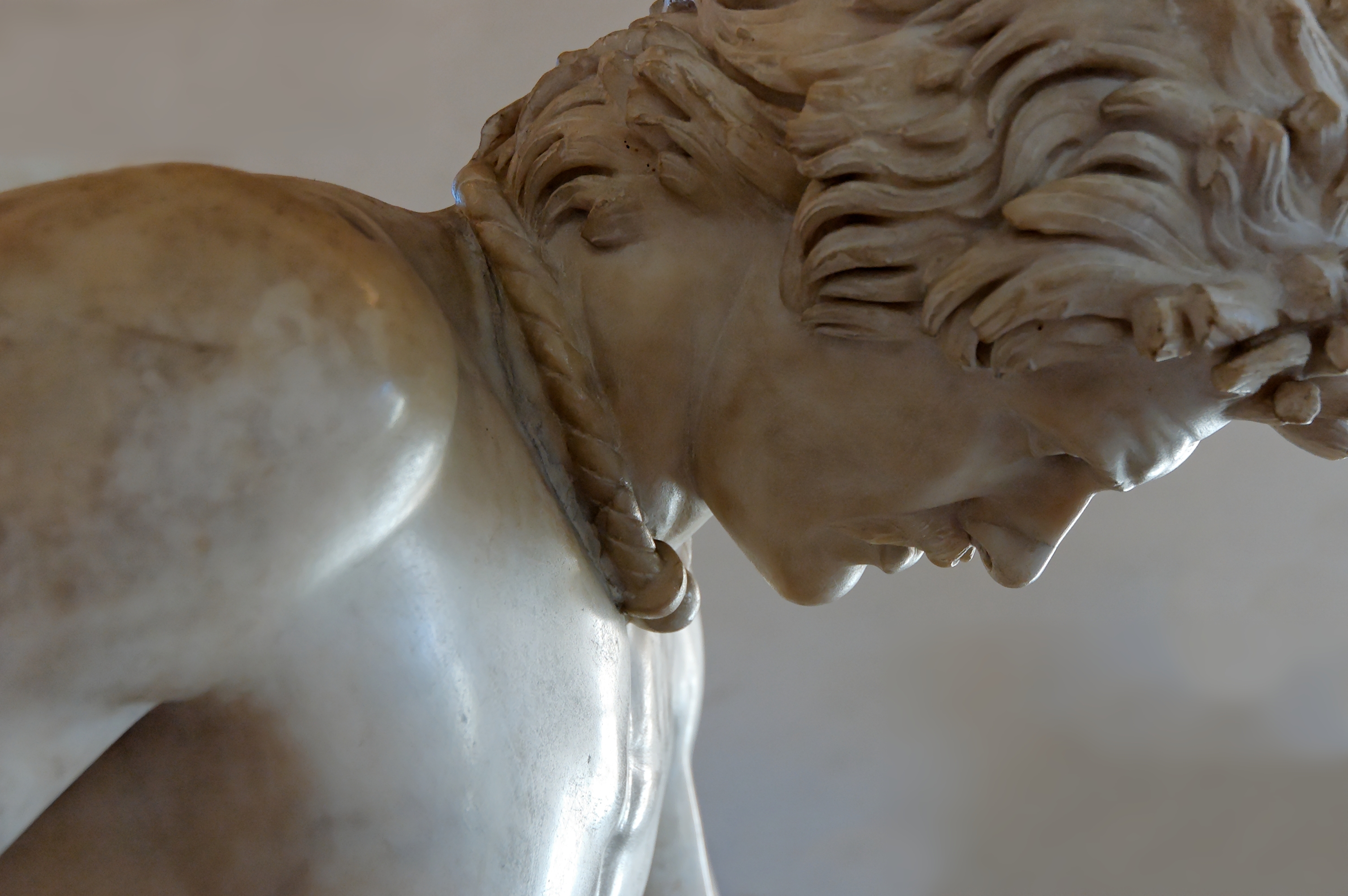Giacobbe Giusti, Bronze Sculpture Discovered in Georgia Goes on Display in Los Angeles

An ancient statue dating back to the Bronze Age and discovered in Georgia goes on a display among the ancient world’s masterpieces in Los Angeles.
After the long term collaboration of the Georgian National Museum and J. Paul Getty Museum unidentified bronze statue named Torso of a Youth dated 2nd – 1st century BC, discovered in Vani settlement, wester Georgia were available to go on a display at the exhibition in the J. Paul Getty Museum in Los Angeles.
A major exhibition named Power and Pathos: Bronze Sculpture of the Hellenistic World was open at the Los Angeles Getty Museum on July 28 and will last until November 1.
Before moving to Los Angeles, following exhibition was presented at the Palazzo Strozzi in Florence and after Getty Museum, exposition will move to the National Gallery of Art in Washington.
Other pieces which are exhibited at the Los Angeles Getty Museum are from world’s leading ancient museums, such are the British Museum in London, the Metropolitan Museum of Art in New York, the Galleria degli Uffizi and the Museo Archeologico Nazionale in Florence, the Museo Archeologico Nazionale in Naples, the National Archaeological Museum in Athens, the Musйe du Louvre in Paris, and the Vatican Museums.
The exhibition in Los Angeles is organized by the J. Paul Getty Museum, the Fondazione Palazzo Strozzi in Florence and the National Gallery of Art in Washington, with the participation of the Tuscany’s directorate general for archaeology and it represents one of the largest expositions of this kind.
National Museum of Georgia is temporary housing of the statue, but as soon as Otar Lordkipanidze Vani Museum-Reserve will finish its large scale reconstruction works in 2016 the bronze torso of a youth will be returned at the original place.

Georgian National Museum currently takes part in one of the most important international cultural event. From 14 March to 21 June 2015, Palazzo Strozzi in Florence is hosting a major exhibition entitled “Power and Pathos”. Bronze Sculpture of the Hellenistic World, devised and produced in conjunction with the J. Paul Getty Museum in Los Angeles, the National Gallery of Art in Washington and the Soprintendenza per i Beni Archeologici della Toscana, Tuscany’s directorate general for archaeology. The exhibition showcases a host of outstanding examples of bronze sculpture to tell the story of the spectacular artistic developments of the Hellenistic era (4th to 1st centuries BCE).
The exhibition hosts some of the most important masterpieces of the ancient world from many of the world’s leading archaeological museums including the British Museum in London, the Metropolitan Museum of Art in New York, the Galleria degli Uffizi and the Museo Archeologico Nazionale in Florence, the Museo Archeologico Nazionale in Naples, the National Archaeological Museum in Athens, the Musée du Louvre in Paris, the Vatican Museums and the Georgian National Museum, which represented bronze torso of a youth dated 2nd – 1st century BC, discovered in Vani settlement (Georgia).
Participation at the exhibition is due to the long term collaboration of Georgian National Museum and J. Paul Getty Museum. After the exhibition at Palazzo Strozzi, all exponents will be showcased at the National Gallery of Art in Washington and J. Paul Getty Museum in Los Angeles in 2016.
As soon as Georgian National Museum Otar Lordkipanidze Vani Museum-Reserve will finish its large scale reconstructive works, bronze torso of a youth will be returned at the original place.
http://museum.ge/index.php?lang_id=ENG&sec_id=72&info_id=13315
















